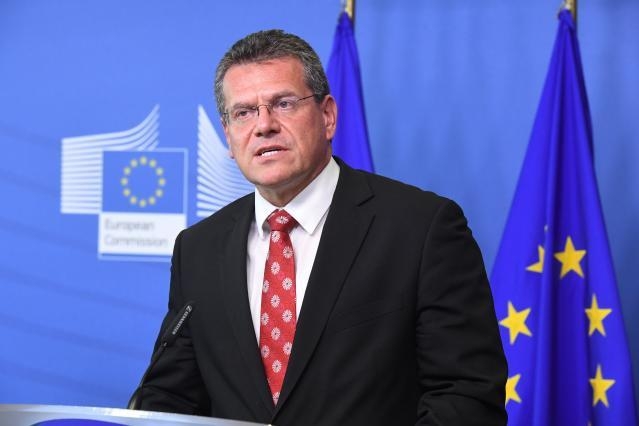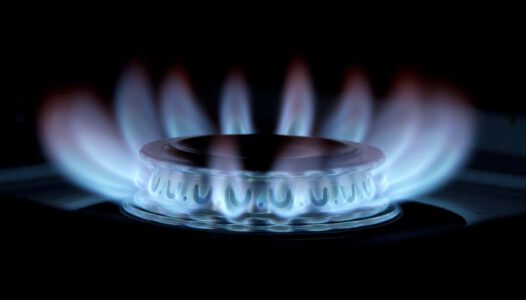The European Commission just concluded the second formal meeting of the Steering Board of the EU Energy Platform, composed of high-level representatives from EU Member States. Maroš Šefčovič wanted to take stock of the EU work so far on joint gas purchasing and inform the Member States of the next steps. Their has been working on a tight schedule to prepare for next winter and the storage refilling season. Šefčovič is pleased to say that thanks to our collective effort, we are on schedule, putting all the necessary pieces in place, one by one. So far, 22 EU Member States have expressed their preliminary interest in aggregating gas demand of more than 17 billion cubic meters of gas for the next three years. Maroš Šefčovič encouraged the five remaining Member States to notify their volumes as soon as possible. This will be topped up by close to 4 billion cubic meters of gas demand signalled by Moldova, Ukraine, and Serbia.
Maroš Šefčovič: “Later this month, the service provider selected by the Commission in January – PRISMA – will help us implement the demand aggregation as a first step towards joint purchasing. We have also advanced in our discussions to identify the most efficient structure for organising those companies who will pool their demand together. For this, we foresee for instance a so-called central buyer scheme, under which one gas company will negotiate, on behalf of smaller gas companies and gas consumers, a contract with suppliers for the aggregated demand. Soon, we will launch a call for expressions of interest for companies to act as a central buyer. We aim to have a number of central buyers, representing different groups of companies, to encourage competition, to the ultimate benefit of European consumers. These positive milestones, that I have just outlined, are the result of our extensive outreach to the Member States and industrial actors, namely major EU gas producers and gas consumers as well as international suppliers of gas, over the past few months. This includes five dedicated workshops at regional level, attended by over 150 companies, as well as an EU-US industrial roundtable that I held in Washington last month. Next week, I will host a meeting with associations representing major industrial consumers in Europe, and a virtual meeting with reliable international gas suppliers. And I hope to build on the positive engagement I encountered in the United States where we saw that the Platform offers an attractive opportunity for US LNG suppliers. All in all, to succeed, we need the consistent political will we have seen so far and the constructive approach of our gas industry to continue. It would be a mistake to become complacent.”
LNG market
Maroš Šefčovič continues: “It is true that currently, we are benefitting from a milder winter and the energy sobriety applied by both EU households and industry, as well as relatively high levels of gas storage in Europe and lower demand for LNG in China. However, the global LNG market is expected to remain volatile due to limited volumes of new LNG becoming available, the potential rebound of the Chinese economy, and drastically reduced imports of Russian pipeline gas to Europe, which helped us fill storages last year. Therefore, I believe we should make full use of the EU Energy Platform for joint gas purchasing – not only to protect ourselves against gas shortages but also to tackle high energy prices. As you know, the price of gas in the EU remains inflated – for instance, it is almost seven-times higher than in the United States. This naturally affects Europe’s competitiveness and the cost of living for our citizens. And while I know that trading energy is first and foremost a matter of business, for us the Platform also has a political dimension. Because it shows again how European players can pull together in a time of crisis.”






